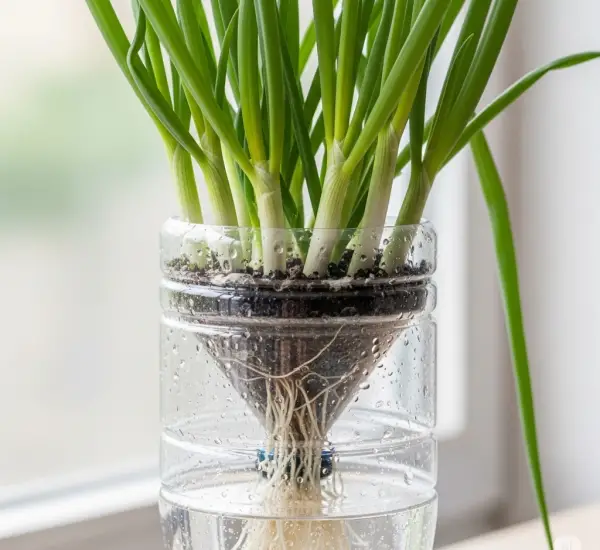The Spathiphyllum, widely known as the peace lily, is a beloved indoor plant cherished for its elegant white flowers and glossy green leaves. It’s often praised for being easy to grow and an excellent air purifier. However, despite its reputation, many peace lily owners face issues such as yellowing leaves, wilting, or lack of blooms. The truth is, peace lilies have some clear dislikes that, if not addressed, can cause these problems.
If you want your peace lily to thrive and bloom beautifully, it’s important to understand what this plant does not like. Here are seven things your Spathiphyllum absolutely hates, along with tips to avoid them and keep your plant healthy.
1. Direct Sunlight
While peace lilies appreciate bright light, they do not like direct sunlight. Too much sun can scorch their delicate leaves, causing brown or yellow patches and drying the plant out quickly.
Tip: Place your peace lily in a spot with indirect or filtered light—near a north or east-facing window or in a shaded corner where it can receive gentle natural light without exposure to harsh sun rays.
2. Overwatering
Peace lilies like moist soil but can quickly suffer if overwatered. Waterlogging leads to root rot, a common cause of yellow leaves and wilting. The roots suffocate without air and eventually die.
Tip: Water only when the top inch of soil feels dry. Always ensure your pot has drainage holes so excess water can escape. Avoid leaving your plant sitting in a water-filled saucer.
3. Underwatering
While overwatering is a common issue, underwatering also harms the peace lily. If the soil dries out too much, the plant will droop, and leaf edges can turn brown and crispy.
Tip: Keep soil consistently moist but never soggy. Check soil moisture regularly and water thoroughly when it begins to dry.
4. Low Humidity
Peace lilies are tropical plants, thriving in humid environments. Dry indoor air, especially during winter heating or air conditioning, causes leaf tips to brown and curl.
Tip: Increase humidity by misting leaves daily, placing a humidifier nearby, or setting your pot on a tray filled with water and pebbles.
5. Cold Drafts and Temperature Fluctuations
Peace lilies dislike cold drafts and sudden changes in temperature, which stress the plant and stunt growth. Cold air can cause leaves to yellow and drop.
Tip: Keep your peace lily away from windows or doors that open to chilly drafts and avoid placing it near vents or air conditioners. Maintain a stable temperature range of 65°F to 80°F (18°C to 27°C).
6. Tap Water Chemicals
Many indoor gardeners unknowingly water their plants with tap water that contains chlorine, fluoride, and salts, which can accumulate and harm sensitive plants like peace lilies. This often results in brown leaf tips and poor growth.
Tip: Use filtered, distilled, or rainwater for watering. If tap water is your only option, let it sit uncovered overnight to allow chlorine to evaporate before use.
7. Neglecting Nutrient Needs
Though peace lilies aren’t heavy feeders, they still need some nutrients to maintain their lush appearance and bloom. Lack of fertilizer can cause dull leaves and weak growth. Conversely, too much fertilizer can burn the roots and damage the plant.
Tip: Feed your peace lily with a diluted, balanced liquid fertilizer every 6 to 8 weeks during the growing season (spring and summer). Avoid over-fertilizing and skip feeding during fall and winter.
Bonus Tips for a Thriving Peace Lily
-
Repotting: Repot your peace lily every 1 to 2 years with fresh, well-draining potting soil to prevent root crowding and nutrient depletion.
-
Cleaning: Dust leaves regularly to help the plant absorb more light and breathe better.
-
Pruning: Remove yellow or brown leaves promptly to improve appearance and plant health.
-
Pest control: Monitor for pests such as spider mites or aphids and treat early with insecticidal soap or neem oil if necessary.
Why Following These Tips Matters
Understanding what your peace lily dislikes helps prevent many common problems before they arise. This ensures the plant grows vigorously, produces healthy leaves, and blooms regularly with its characteristic white flowers.
Peace lilies are known for their air-purifying abilities and ability to thrive indoors, but only if their basic needs are met and harmful conditions avoided.
Final Thoughts
The peace lily is a beautiful and rewarding houseplant that adds a touch of elegance to any room. However, like all living things, it has preferences and dislikes. By avoiding direct sunlight, over- and under-watering, low humidity, cold drafts, tap water chemicals, and neglecting feeding, you create an environment where your peace lily will thrive.
Remembering these seven key points will help your peace lily flourish, staying vibrant and blooming year-round.



